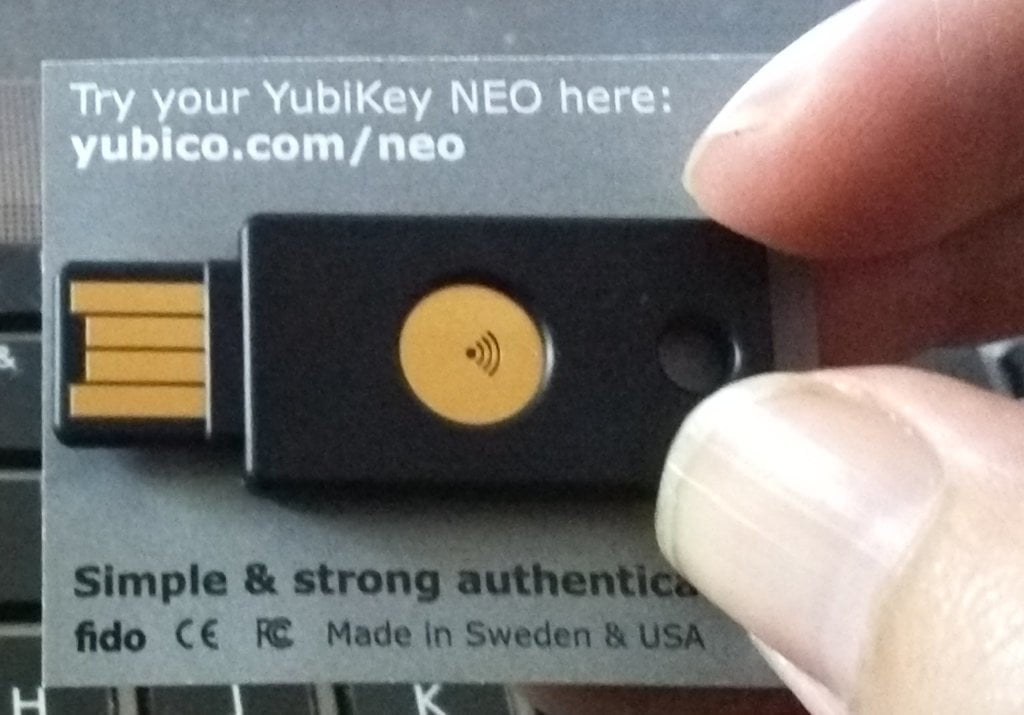
You type in to your browser's address bar example.com and it automatically redirects you to the https:// version. How does your browser know that it needed to request the more secure version of a website? The answer is... A big list. The HTTP Strict Transport Security (HSTS) list is a list of domain names which have told Google that they always want their website served over https. If the user …
Continue reading →

I've responsibly disclosed a small security issue with Mastodon (GHSA-8982-p7pm-7mqw). It allows a sufficiently determined attacker to use any Mastodon instance to redirect unwary users to a malicious site. What do you think happens if you visit: https://mastodon.social/@PasswordReset/111285045683598517/admin? If you aren't logged in to that instance, it will redirect you to a 3rd party site.…
Continue reading →

Last night I received a call from my bank. They'd detected an unusual transaction and wanted to make sure that it was legitimate. Had I recently purchased £10,000 worth of crypto in the Maldives? What?!!? No! ARGH! I started to panic. All my apes money gone! No. Wait. The other thing. I knew it was a scam from the moment "James from your bank's fraud team" started his patter. You see, I have …
Continue reading →

My CDN just asked me for all my Twitter API keys... WTF? This would give them complete access to my app's Twitter account, the ability to send and receive messages, and anything else that my API key allows. Giving them - or anyone - the entire set of credentials would be a very bad idea. What's going on? Twitter's slow-motion collapse and hostility to developers is causing a whole bunch of…
Continue reading →

Behold! Thanks to the power of the Watchy development platform, I now have all my 2FA codes available at the flick of my wrist! HOWTO This uses Luca Dentella's TOTP-Arduino library. You will need a pre-shared secret which is then converted into a Hex array. Use the OTP Tool for Arduino TOTP Library to get the Hex array, Base32 Encoded Key, and a QR Code to scan into your normal TOTP…
Continue reading →

I'm not thick. I know it doesn't sound like much of a boast, but I'm pretty competent at this whole adulting lark. But it appeared that I had forgotten a 4 digit number I'd set up less than a minute ago! The security guard smiled wearily at me, "It happens to everyone!" She said. Which, I'll admit was of small comfort. Work had taken the (sensible) decision that our entry cards weren't secure…
Continue reading →

Should my bank be able to block me from using their Android app, just because my phone is rooted? I'm reluctantly coming to the conclusion that... yeah, it's fair that they get to decide their own risk tolerance. Sage of the Internet, and general Sooth Sayer, Cory Doctorow once gave an impassioned speech on "The Coming War on General Computation". I'll let you read the whole thing but, I…
Continue reading →

This is a curious book. It starts out as a look at the security of everyday objects, but quickly becomes a series of after-dinner anecdotes about various security related issues. That's not a bad thing, as such, but a little different from what I was expecting. There's no doubt that Mikko walks the walk as well as talking the talk. Almost every page contains a bon mot. For example: Working in …
Continue reading →

Codeberg is a hip new code hosting site - similar to GitHub and GitLab. And, much like Gits Hub & Lab, users can serve static content through Codeberg pages. Somehow I screwed up my configuration, and when I visited edent.codeberg.page/abc123 I got this error: Now, whenever I see something from the request echoed into the page's source, my hacker-sense starts tingling. What happens if I…
Continue reading →

After my blog post about recovering my accounts after a disaster, I followed the most repeated advice: Get two YubiKeys Associate them both with your accounts Keep one off-site in a safe location OK, done! My wife and I spend a very boring evening going through every single account we have which supports FIDO tokens with WebAuthN - about a dozen in total. We manually paired two keys each.…
Continue reading →

There's no way that I could find to report this to the Canadian Government - and I didn't fancy trying to raise a bug report with the first Mountie I met - so here's a blog post. As part of Canada's Electronic Travel Authorisation system, prospective visitors to the country get sent emails. The email I received had a broken image right at the top: At least there's some alt text! Gmail on…
Continue reading →

The other day, a company sent me a 2FA code which was only four digits long. I'll admit, this weirded me out. Surely 4 is just far too short. Right? I think almost every 2FA code I've seen has been 6 digits long. Even back in the days of carrying one of those physical RSA fobs, 6 has been the magic number. But why? A 2FA code is meant to prevent a specific class of problem. If an attacker…
Continue reading →











